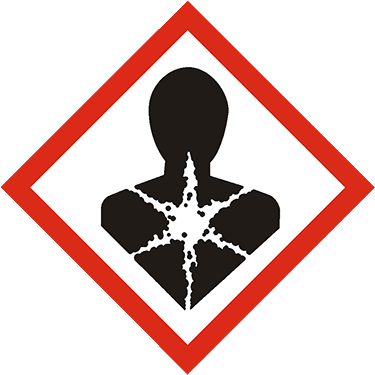Click "Allow Cookies" to consent to storing cookies on your device to improve your experience on our site. Learn more.
Method 525.3 Pesticide Standard
Catalog NumberCat#
M-525.3-03
17034 Classification17034 Class.
Certified Reference Material
Matrix
500 µg/mL in Acetone
Number of ComponentsComps.
39 See Analytes
Storage ConditionStorage
Freeze (<-10 °C)/Sonicate
Unit
1 mL
Price (USD) Price
$150.00
Product Details
Typical ChromatogramChrom.
Analytes
| Analyte | CAS Number | Target Concentration |
|---|---|---|
| Ametryn | 834-12-8 | 500 µg/mL |
| Chlorpropham | 101-21-3 | 500 µg/mL |
| Chlorpyrifos | 2921-88-2 | 500 µg/mL |
| Dichlorvos | 62-73-7 | 500 µg/mL |
| Ethoprop | 13194-48-4 | 500 µg/mL |
| Fluridone | 59756-60-4 | 500 µg/mL |
| Hexazinone | 51235-04-2 | 500 µg/mL |
| Mevinphos | 7786-34-7 | 500 µg/mL |
| Norflurazon | 27314-13-2 | 500 µg/mL |
| Prometryne | 7287-19-6 | 500 µg/mL |
| Pronamide | 23950-58-5 | 500 µg/mL |
| Tebuthiuron | 34014-18-1 | 500 µg/mL |
| Terbutryne | 886-50-0 | 500 µg/mL |
| Triadimefon | 43121-43-3 | 500 µg/mL |
| Trifluralin | 1582-09-8 | 500 µg/mL |
| Vernolate | 1929-77-7 | 500 µg/mL |
| Alachlor | 15972-60-8 | 500 µg/mL |
| Aldrin | 309-00-2 | 500 µg/mL |
| Chlorobenzilate | 510-15-6 | 500 µg/mL |
| Dieldrin | 60-57-1 | 500 µg/mL |
| Endosulfan sulfate | 1031-07-8 | 500 µg/mL |
| Etridiazole | 2593-15-9 | 500 µg/mL |
| Heptachlor | 76-44-8 | 500 µg/mL |
| Heptachlor epoxide (Isomer B) | 1024-57-3 | 500 µg/mL |
| 2,4-Dinitrotoluene | 121-14-2 | 500 µg/mL |
| 2,6-Dinitrotoluene | 606-20-2 | 500 µg/mL |
| Hexachlorocyclopentadiene | 77-47-4 | 500 µg/mL |
| Acetochlor | 34256-82-1 | 500 µg/mL |
| 2,6-Di-tert-butyl-p-cresol | 128-37-0 | 500 µg/mL |
| Chlorfenvinphos | 470-90-6 | 500 µg/mL |
| N,N-Diethyl-m-toluamide | 134-62-3 | 500 µg/mL |
| Ethion | 563-12-2 | 500 µg/mL |
| Parathion | 56-38-2 | 500 µg/mL |
| Parathion-methyl | 298-00-0 | 500 µg/mL |
| Nitrofen | 1836-75-5 | 500 µg/mL |
| Phosphamidon | 13171-21-6 | 500 µg/mL |
| Tebuconazol | 107534-96-3 | 500 µg/mL |
| Tribufos | 78-48-8 | 500 µg/mL |
| Tetrachlorvinphos | 22248-79-9 | 500 µg/mL |



